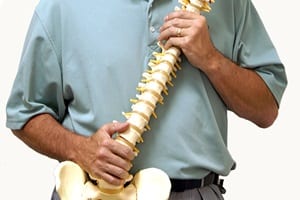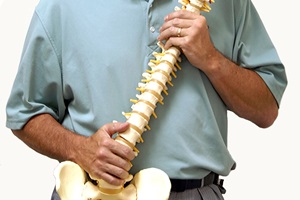statFor some women, it's about making an elegantement at special events or being a couple…

A Brief Patient’s Guide to Diversified Technique
 If you’ve ever visited a chiropractor’s office, the odds are that you are at least somewhat familiar with the Diversified Technique. This is one of the most widely taught and widely used chiropractic techniques, making it the one most familiar to chiropractic patients.
If you’ve ever visited a chiropractor’s office, the odds are that you are at least somewhat familiar with the Diversified Technique. This is one of the most widely taught and widely used chiropractic techniques, making it the one most familiar to chiropractic patients.
Diversified Technique involves the use of fast, shallow thrusts that often cause a popping noise in the joint it is being used on. This noise is referred to as “cavitation” which results when the thrusts cause the surfaces of the vertebrae to become separated, allowing nitrogen gas to be released. The thrusts used to perform the technique are typically made by hand, but some chiropractors employ gravity in addition to the force of the thrusts.
The Popularity of the Diversified Technique
As the name of the technique implies, the Diversified Technique is diverse enough to use on almost any joint in the body. This flexibility is part of the reason it’s so popular among chiropractic physicians. The technique was originally used to restore biomechanical function in cases of subluxation, a condition in which a joint is partially dislocated so that the bony surfaces are not facing each other but remain partially aligned.
Various Diversified Techniques have been developed for use on extremity joints to make them more effective for treating certain types of injuries in particular situations. For instance, if you injured your knee during a game of basketball, a specific Diversified Technique might be used to treat it.
Benefits of Hands-On Manipulation
When using the Diversified Technique on the spine, chiropractors apply force in very specific directions without the assistance of any instruments. Instead, hands-on delivery of the thrusts using motion palpation and full spine techniques allow the chiropractor to deliver a deeper thrust in order to create the cavitation. The combination of high velocity and low amplitude of the thrusts is what triggers the “popping” of the joint. The manipulations incorporate the normal biomechanics of the area being treated to cause motion in the joint in order to restore it to the natural structure and function.
What to Expect During and After Treatment
Sometimes patients who don’t expect the popping noise produced by cavitation are alarmed by the sound. However, many people feel an immediate release of tension when the joint pops, much as you might when cracking your knuckles. Others even experience a mild “rush” or “buzz”. Still others report a mild soreness or ache that usually goes away within a day.
Depending on your situation, you may find relief from some symptoms right after your first visit. However, it may take several visits for some types of underlying structural and functional problems (and their symptoms) to respond to treatment. In many cases, chiropractic adjustments are one part of a more holistic treatment plan that may also include structured stretching and exercise programs as well as lifestyle changes designed to address the cause of the problem or prevent its recurrence.
Diversified Techniques offer many options, and your chiropractic physician has been specially trained to make the most of this flexibility. One of the best things you can do to make your chiropractic treatments even more effective is to follow your doctor’s advice conscientiously and to communicate openly about your experience, including any questions or concerns you may have. This will give your chiropractor the feedback he or she needs to adjust your treatment plan as needed.




